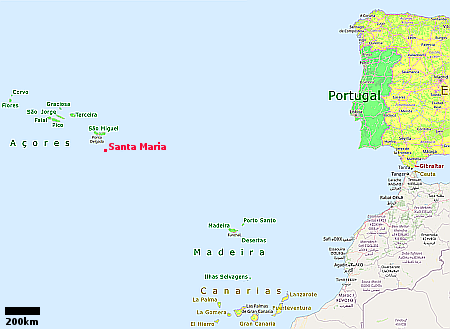Space Force preps for the next X-37B mission
The Space Force yesterday released a short press release, outlining its preparations and plans for the next X-37B mission, scheduled to launch on August 21, 2025.
The eighth mission of the X-37B Orbital Test Vehicle will launch on a SpaceX Falcon 9 rocket, designated USSF-36, with a wide range of test and experimentation objectives. These will include demonstrations of high-bandwidth inter-satellite laser communications technologies and enhanced space navigation using the highest performing quantum inertial sensor in space.
Unfortunately, the military is no longer telling us which of its two X-37B’s is being launched. In fact, it is not clear whether both spacecraft are still operational. According to Wikipedia, this upcoming mission will be flown by the first of these vehicles, OTV-1, on its fourth flight. The other X-37B, OTV-2, has flown four times already, including the last mission of 434 days. I can find no confirmation of Wikipedia’s conclusions however.
Nonetheless, this spacecraft is one of the few projects built by Boeing in recent years that has done exactly what it was intended to do. If only Boeing’s other projects, such as Starliner, would run as smoothly.
The Space Force yesterday released a short press release, outlining its preparations and plans for the next X-37B mission, scheduled to launch on August 21, 2025.
The eighth mission of the X-37B Orbital Test Vehicle will launch on a SpaceX Falcon 9 rocket, designated USSF-36, with a wide range of test and experimentation objectives. These will include demonstrations of high-bandwidth inter-satellite laser communications technologies and enhanced space navigation using the highest performing quantum inertial sensor in space.
Unfortunately, the military is no longer telling us which of its two X-37B’s is being launched. In fact, it is not clear whether both spacecraft are still operational. According to Wikipedia, this upcoming mission will be flown by the first of these vehicles, OTV-1, on its fourth flight. The other X-37B, OTV-2, has flown four times already, including the last mission of 434 days. I can find no confirmation of Wikipedia’s conclusions however.
Nonetheless, this spacecraft is one of the few projects built by Boeing in recent years that has done exactly what it was intended to do. If only Boeing’s other projects, such as Starliner, would run as smoothly.












